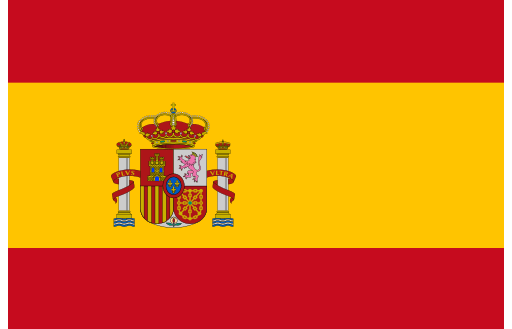
Deaths rose from 16.6% to 27.3% during COVID, nearly 1 in 9 additional deaths, in Guatemala’s leading HIV centre in 2020 compared with 2019.
Just published in the International Journal of Infectious Diseases – Narda Medina and colleagues charted the provision of HIV care in Guatemala and how the global pandemic has affected diagnosis and treatment. Patient attendances and rapid services were impacted at the country’s diagnostic laboratory hub based in Guatemala City. Both frontline HIV services and laboratory processing were significantly affected by the pandemic. HIV testing decreased almost 54% during COVID, including in pregnant women. This has led to increased mortality from the disease, as people are waiting longer for their diagnosis, thereby presenting more advanced diseases. Diagnostic specimens for tuberculosis, cryptococcosis and histoplasmosis from 12 other centres also decreased in number – down 43.7%.
The authors conclude that it is imperative that the government in Guatemala maintains its essential diagnostic healthcare services for HIV patients and implements new strategies to reduce the overall impact of the pandemic on HIV care.
The programme has been supported by GAFFI (The Global Action Fund for Fungal Infections, https://gaffi.org/ ) for some years and now supported by the Ministry of Health of Guatemala.
GAFFI’s Chief Executive, Professor David Denning, who is a professor of Infectious Diseases at the University of Manchester in England, declared:
“ It is so disappointing to see with such clarity the negative impact COVID-19 has had on HIV patients. We anticipate that many factors contributed including fear among new patients about Covid, so attending hospital when iller, diagnostic delay and great strain on the laboratory staff, and supply chain disruption. Unfortunately, such disruption is common and will have impacted on many other communities and countries.”
You can read the full paper here.
 Read this article in Spanish here.
Read this article in Spanish here.